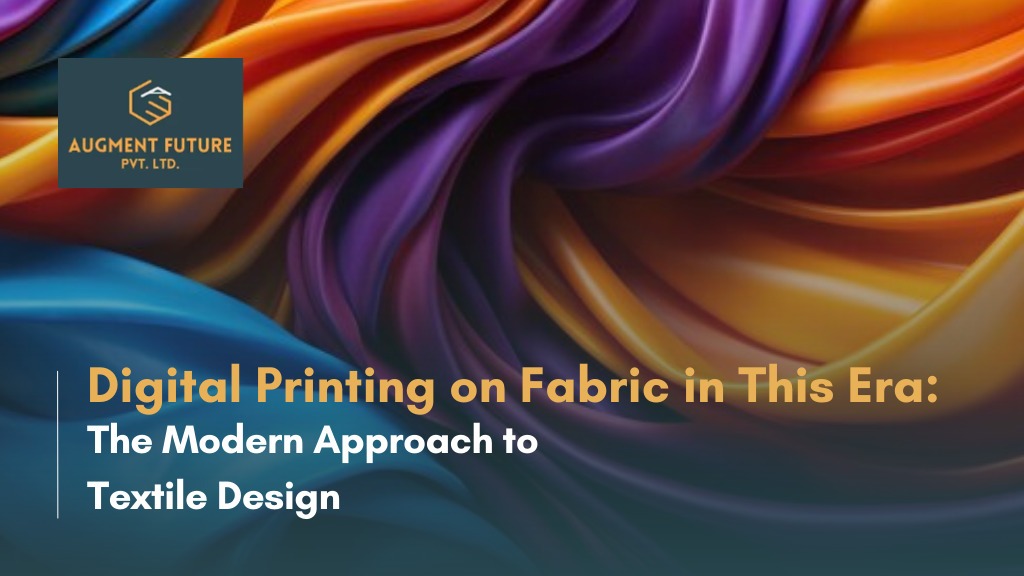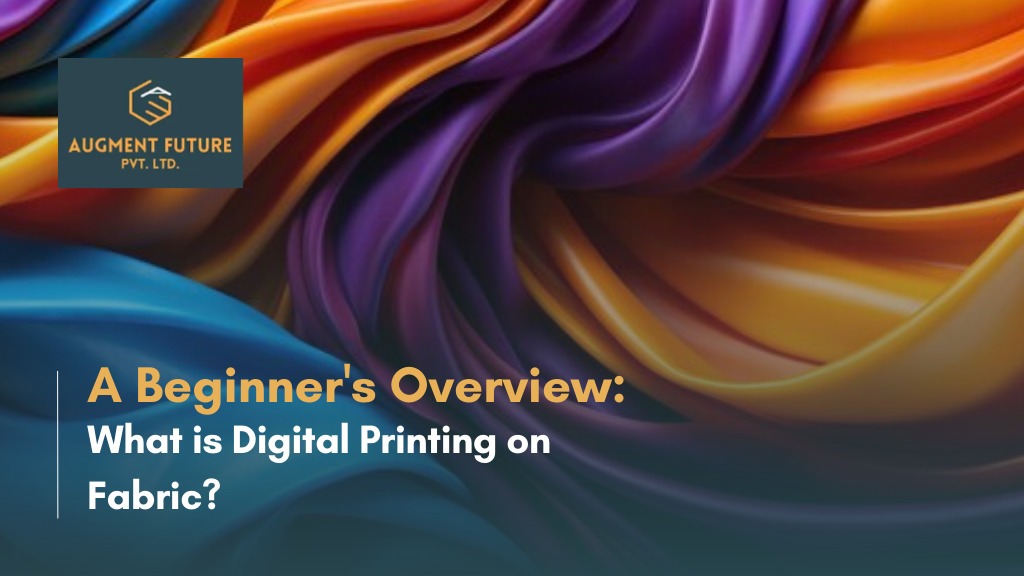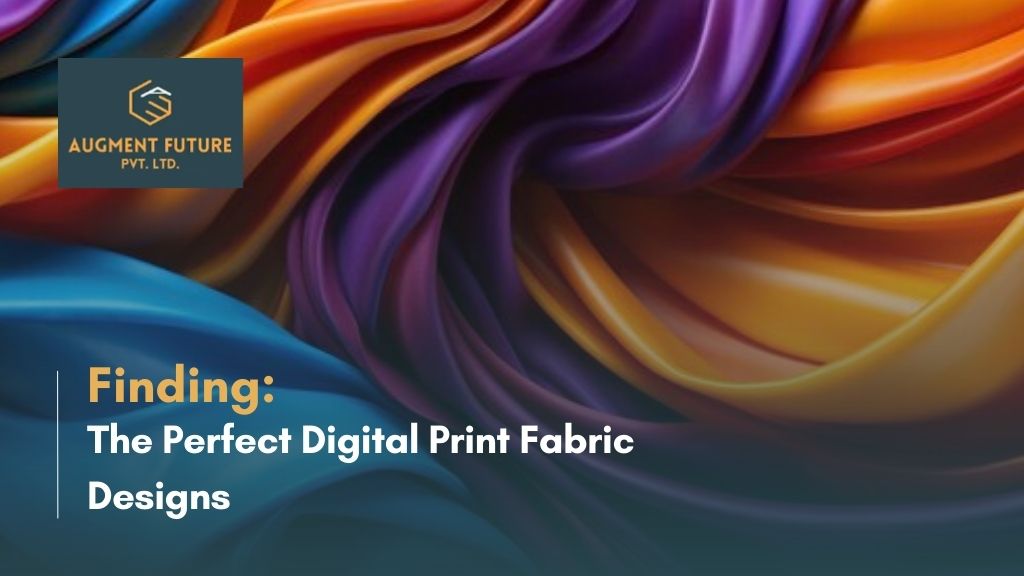Embroidered fabric cotton has been a timeless and versatile choice for centuries. This guide will provide you with everything you need to know about this exquisite fabric and how to make the most of it in 2024.
Understanding Embroidered Fabric Cotton
Embroidered fabric cotton combines the beauty of intricate stitching with the comfort and durability of cotton. It is made by adding decorative threads to enhance the fabric’s appearance, creating stunning patterns and designs. This article will delve into the basics of embroidery on cotton, as well as explore the rich history and evolution of this art form.
Embroidered fabric cotton is not only visually appealing but also offers a tactile experience, with the raised threads adding texture to the fabric. The combination of soft cotton and delicate embroidery creates a unique and luxurious feel, making it a popular choice for a variety of projects, from clothing to home decor.
The Basics of Embroidery on Cotton
Embroidery on cotton involves the use of various stitches and techniques to create intricate designs on the fabric’s surface. The choice of embroidery thread, needle, and hoop size can greatly influence the final outcome. Additionally, understanding the different embroidery stitches and their applications is crucial for achieving the desired results.
One of the key factors to consider when embroidering on cotton is the thread count of the fabric. A higher thread count results in a smoother surface, making it easier to create detailed and precise stitches. It’s important to select the right type of embroidery thread that complements the cotton fabric, ensuring a harmonious blend of colours and textures.
The History and Evolution of Embroidered Cotton
Embroidered cotton has a rich history dating back thousands of years. It has been cherished by cultures all around the world, from ancient civilizations to modern-day fashion. This section will explore how embroidery on cotton has evolved over time and how it has gained recognition in both traditional and contemporary contexts.
Throughout history, embroidered cotton has been used to depict stories, symbols, and cultural heritage. From elaborate tapestries to delicate handkerchiefs, the art of embroidery on cotton has been passed down through generations, each stitch carrying a piece of history and tradition. Today, contemporary designers continue to push the boundaries of embroidered cotton, blending traditional techniques with modern aesthetics to create innovative and captivating pieces.
Types of Embroidered Cotton Fabric
Not all embroidered cotton fabric is created equal. Different techniques and processes yield distinct results. In this segment, we will explore two main types of embroidered cotton fabric: hand-embroidered and machine-embroidered cotton.
Embroidered cotton fabric has a rich history dating back centuries, with each piece telling a unique story through its intricate designs and patterns. The art of embroidery has been passed down through generations, with techniques evolving and adapting to modern times.
Hand-Embroidered Cotton
Hand-embroidered cotton is a labour of love. Skilled artisans meticulously stitch intricate patterns by hand, using techniques that have been honed over years of practice. Each stitch is a testament to the artisan’s dedication and craftsmanship, resulting in unique, one-of-a-kind pieces that showcase the beauty of handmade artistry.
The process of hand embroidery involves a delicate dance of needle and thread, with the artisan carefully bringing the design to life on the cotton fabric. From traditional floral motifs to contemporary geometric patterns, hand-embroidered cotton pieces exude a sense of timeless elegance and sophistication.
Machine-Embroidered Cotton
Machine-embroidered cotton, on the other hand, offers a faster and more cost-effective alternative. Advanced embroidery machines utilize cutting-edge technology to replicate intricate patterns with precision and speed, meeting the demands of today’s fast-paced fashion industry.
While machine-embroidered cotton may lack the individualized touch of hand-embroidery, it makes up for it in efficiency and consistency. From intricate lace-like designs to bold and colourful motifs, machine-embroidered cotton caters to a wide range of styles and preferences, making it a versatile choice for both designers and consumers alike.
The Process of Embroidering Cotton Fabric
Cotton fabric requires proper preparation before embroidery can take place. This section will outline the necessary steps to ensure a smooth and successful embroidery process.
An embroidery is an art form that has been practised for centuries, with intricate designs and patterns created by skilled artisans. When working with cotton fabric, it is essential to understand the unique properties of the material to achieve the best results. Cotton is a versatile and durable fabric that provides a great canvas for embroidery, allowing for intricate details and vibrant colours to stand out.
Preparing the Cotton for Embroidery
Properly preparing the cotton fabric is crucial for achieving optimal embroidery results. This may involve prewashing the fabric, stabilizing it, and marking the design, ensuring that the foundation is strong and the outcome is cohesive.
Prewashing the cotton fabric helps to remove any sizing or chemicals that may be present, ensuring that the fabric is clean and ready for embroidery. Stabilizing the fabric with interfacing or backing material can prevent stretching or distortion during the embroidery process, providing a smooth surface for stitching. Marking the design on the fabric allows the embroiderer to follow a precise pattern, ensuring accuracy and consistency in the final piece.
The Embroidery Process: Step by Step
Embroidering cotton fabric involves a series of steps that come together to create a beautiful finished piece. From selecting the appropriate stitch to completing the final touches, this section will guide you through each step of the embroidery process, allowing you to bring your vision to life.
Choosing the right thread colour and weight is essential for creating depth and dimension in your embroidery design. Different stitches, such as satin stitch, backstitch, and French knots, can be used to add texture and detail to your piece. As you progress through the embroidery process, pay attention to tension and stitch placement to ensure a professional-looking finish. Finally, after completing the embroidery, carefully remove any remaining stabilizer and press the fabric to set the stitches and give your piece a polished look.
Choosing the Right Embroidered Cotton Fabric
With a variety of embroidered cotton fabrics available, it’s important to choose the one that best suits your needs and preferences. This section will explore the factors to consider when buying embroidered cotton fabric and provide insights into understanding its quality and pricing.
Embroidered cotton fabric comes in a wide array of options, from delicate floral patterns to bold geometric designs. When selecting the perfect fabric for your project, consider the intricacy of the embroidery and how it complements the overall aesthetic you wish to achieve. Whether you’re looking for a subtle embellishment or a statement piece, there is a design to suit every taste.
Factors to Consider When Buying
When purchasing embroidered cotton fabric, factors such as colour, pattern, thread count, and fabric weight play a significant role. Additionally, understanding your project requirements and the intended use of the fabric will help you make an informed decision.
Thread count is a crucial aspect to evaluate when choosing embroidered cotton fabric. A higher thread count indicates a denser weave, resulting in a smoother and more durable fabric. Consider the thread count based on the desired level of softness and sturdiness for your project, whether it’s a delicate garment or a decorative household item.
Understanding Quality and Pricing
The quality of embroidered cotton fabric can vary, affecting both its durability and appearance. This section will elaborate on different quality indicators to look out for when assessing the fabric’s value. Moreover, gaining insights into pricing factors will help you make informed decisions when investing in embroidered cotton fabric.
When assessing the quality of the embroidered cotton fabric, pay attention to details such as the density of the embroidery stitches, colourfastness of the threads, and overall fabric construction. These factors contribute to the longevity of the fabric and how well it maintains its appearance after multiple washes or uses. Additionally, consider the pricing in relation to the quality and intricacy of the embroidery, ensuring that you are investing in a fabric that meets both your budget and standards.
Care and Maintenance of Embroidered Cotton
Proper care and maintenance can prolong the life of your embroidered cotton pieces. This section will provide tips and guidelines on how to clean and store your embroidered cotton to ensure its longevity and vibrant appearance.
Embroidered cotton has been a beloved fabric for centuries, known for its intricate designs and soft feel. To keep your embroidered cotton pieces looking their best, it’s essential to follow proper care and maintenance practices.
Cleaning and Storing Your Embroidered Cotton
Embroidered cotton requires delicate handling during cleaning. Proper cleaning techniques, such as handwashing or using a gentle cycle, along with appropriate storage methods, will help preserve the fabric’s beauty and prevent damage.
When cleaning your embroidered cotton, it’s important to use a mild detergent and cold water to avoid damaging the delicate threads. Avoid wringing or twisting the fabric, as this can distort the embroidery and cause it to lose its shape.
Common Issues and How to Fix Them
Despite our best efforts, issues like loose threads or stains may arise. This section will address common problems encountered with embroidered cotton fabric and offer solutions to remedy them, ensuring that your cherished pieces remain in impeccable condition.
If you notice loose threads on your embroidered cotton, resist the urge to pull them. Instead, gently trim the loose threads with small, sharp scissors to prevent further unravelling. For stains, it’s best to address them promptly by spot-treating them with a mild detergent or taking the piece to a professional cleaner for assistance.
Augment Future: Enhancing Embroidered Fabric with Digital Printing
At Augment Future Pvt Ltd, we are a leading digital printing company committed to enhancing the quality and design of embroidered cotton fabrics. Our advanced digital printing technology allows us to create stunning, high-resolution patterns on cotton fabric, ensuring that every piece is unique and vibrant. Whether you are looking for traditional designs or modern motifs, our digital printing services bring your vision to life with precision and creativity.
In conclusion, embroidered fabric cotton continues to captivate enthusiasts with its timeless elegance and versatility. By gaining a deeper understanding of this fabric’s foundations, its various forms, and how to properly care for it, you can embark on your embroidery journey with confidence and create beautiful pieces that stand the test of time.
Remember, the key to maintaining the beauty of your embroidered cotton lies in gentle care and attention to detail. By following these tips and guidelines, you can ensure that your embroidered cotton pieces remain vibrant and exquisite for years to come.






